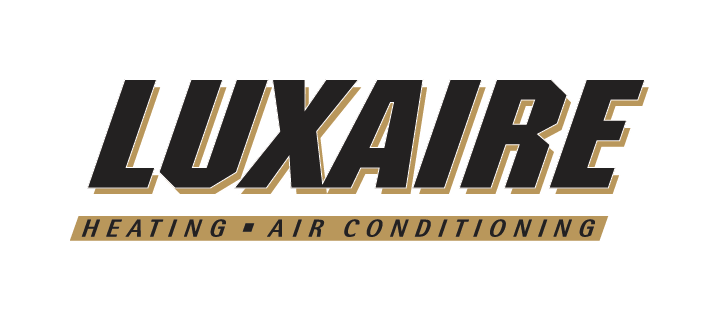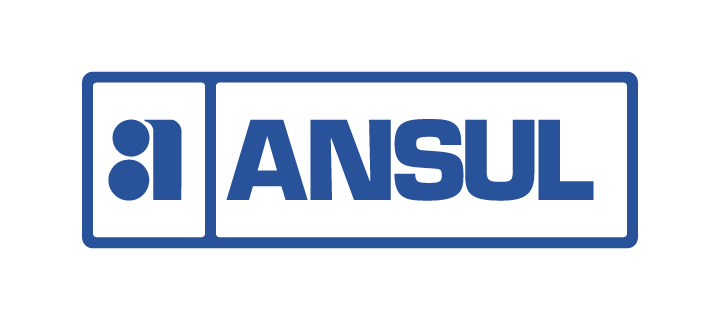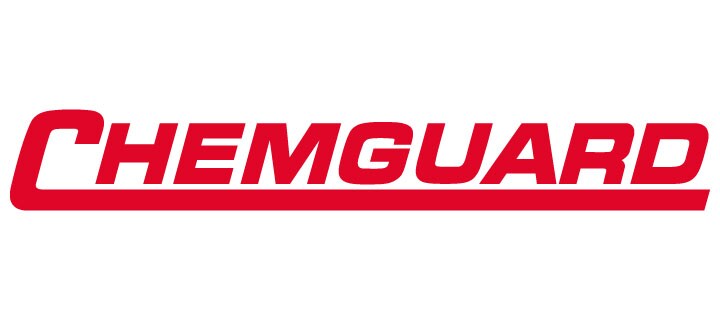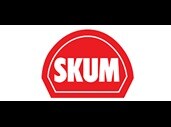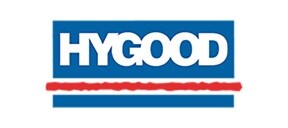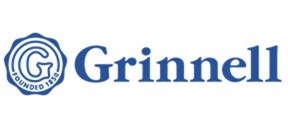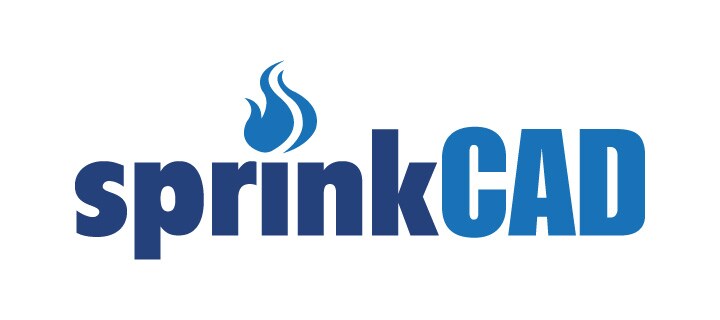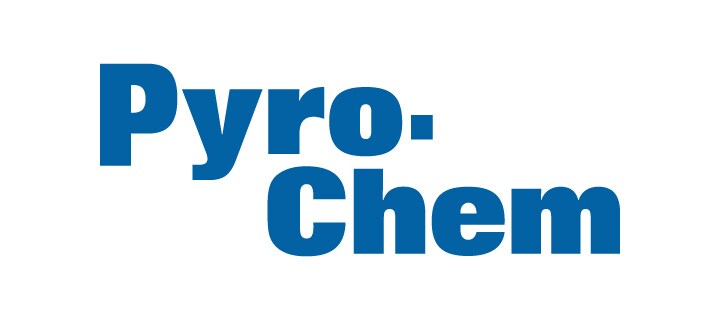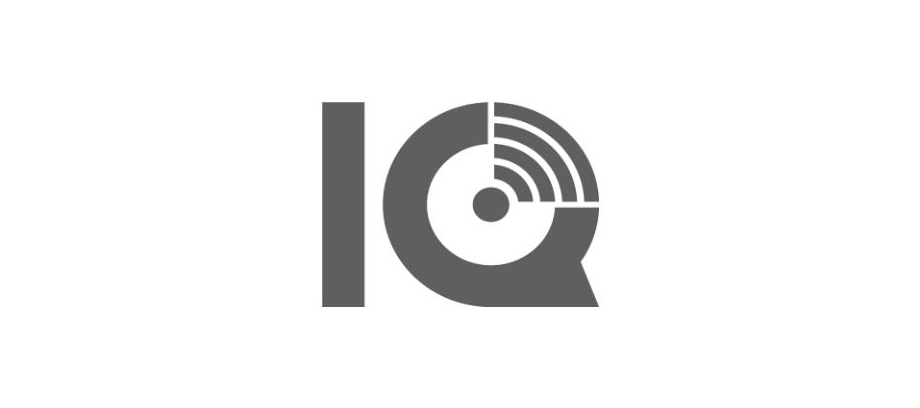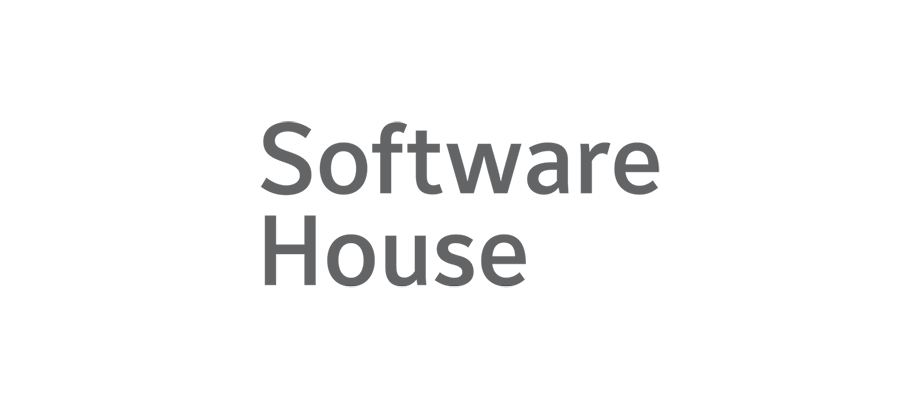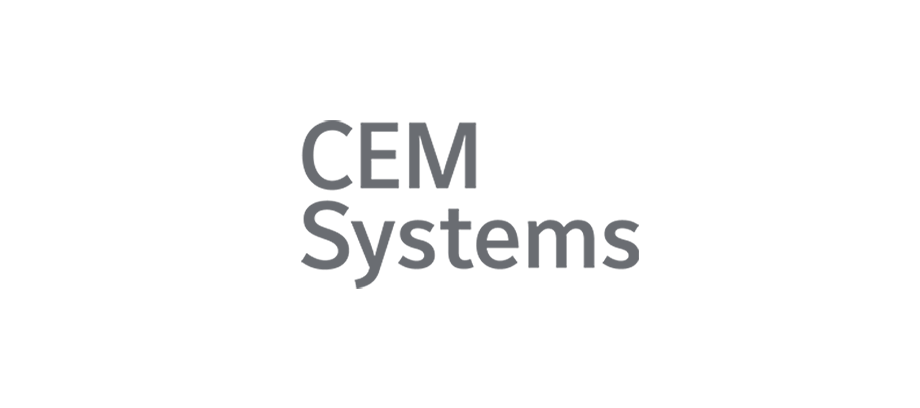Commercial Fire Alarm Systems Explained
No matter the size of your business premises, a fire alarm system is imperative to ensuring the safety of your staff and property.
Should a fire occur in your building, your fire alarm system will immediately alert you and trigger fire-suppression measures to stop the fire from spreading. This intelligent, automated system allows building occupants to evacuate to safety.
What Does A Fire Alarm System Consist Of?
A commercial fire alarm system has several key elements, including:
- Control panel(s)
- Smoke, heat and gas (carbon monoxide) detectors
- Manual glass-break call points
- Audible and visual alarms
- Network controllers
- Graphical monitoring system
The control panel is the fire alarm system's main component, as it manages and monitors all the other linked devices. It is effectively the hub for all other fire-safety equipment connected to your fire alarm system.
How Does A Commercial Fire Alarm System Work?
The different components within the fire alarm system all work in tandem, reporting to the control panel.
Various devices throughout the fire alarm system will detect the presence of smoke particles, heat, or hazardous carbon monoxide gas profiles and alert the control panel. The control panel will then sound an alarm and trigger a sprinkler system if one is installed and connected to the panel's outputs.
Manual call points are also placed around the building and are activated by a person if they recognise the signs of a fire. Manual call points will alert the control panel, which will, again, trigger an alarm condition.
Audible and visual alarms are also used as part of a fire alarm system to alert people in the building if there is a fire, with the sole aim of getting people to evacuate and find a safe place away from any potential danger inside the building.
Links to the Emergency Services
Many business owners opt for their fire alarm system to be linked with the local fire brigade, meaning emergency services will know to arrive on the scene if an alarm is triggered.
Key Components Of A Fire Alarm System
If you have a building used for business, you require a commercial fire alarm system.
Commercial businesses include:
- Schools
- Hospitals
- Offices
- Hotels
- Supermarkets
- Retail stores
- Shopping centres
- Restaurants
UK law dictates that as a business, the owner is responsible for fire safety on the premises, meaning that if you have a commercial property, you should take owning a commercial system very seriously.
Given the enormous scope of different commercial businesses and building needs within the UK, there is no one-size-fits-all fire system. This is why at Johnson Controls; we have a huge range of world-class fire safety solutions for any scenario. Please find out more and get in touch using the form below.
Johnson Controls offer a wide range of fire detection solutions
- Fire Alarm Panels: Our range of fire alarm control panels can leverage your infrastructure to help the lifecycle costs of the system. View our control panel installation and services details here.
- Notification Solutions: Audio and visual alarm notification solutions supplement fire alarm sounders and provide an effective means of safeguarding lives. Find out more here.
- Fire Detectors: Our cost-effective addressable smoke detectors and carbon monoxide fire detectors provide reliable alerts for all fire types whilst staying immune to false alarms. Learn more about our range of smoke, heat, and carbon monoxide fire detectors here.
Enhancing Fire Safety with False Alarm Reduction Technology
Watch our video to discover more about the science behind our ZETTLER false alarm reduction technology. Find out how our dedication to innovation and operational excellence are the building blocks for a safer and more reliable fire detection system.
This improved immunity to false alarm activations will become increasingly important as Fire Services around the country (Such as the Scottish Fire and Rescue Service) change their callout procedures as they relate to Unwanted Fire Alarm Signals (UFAS).
Read our UFAS blog




